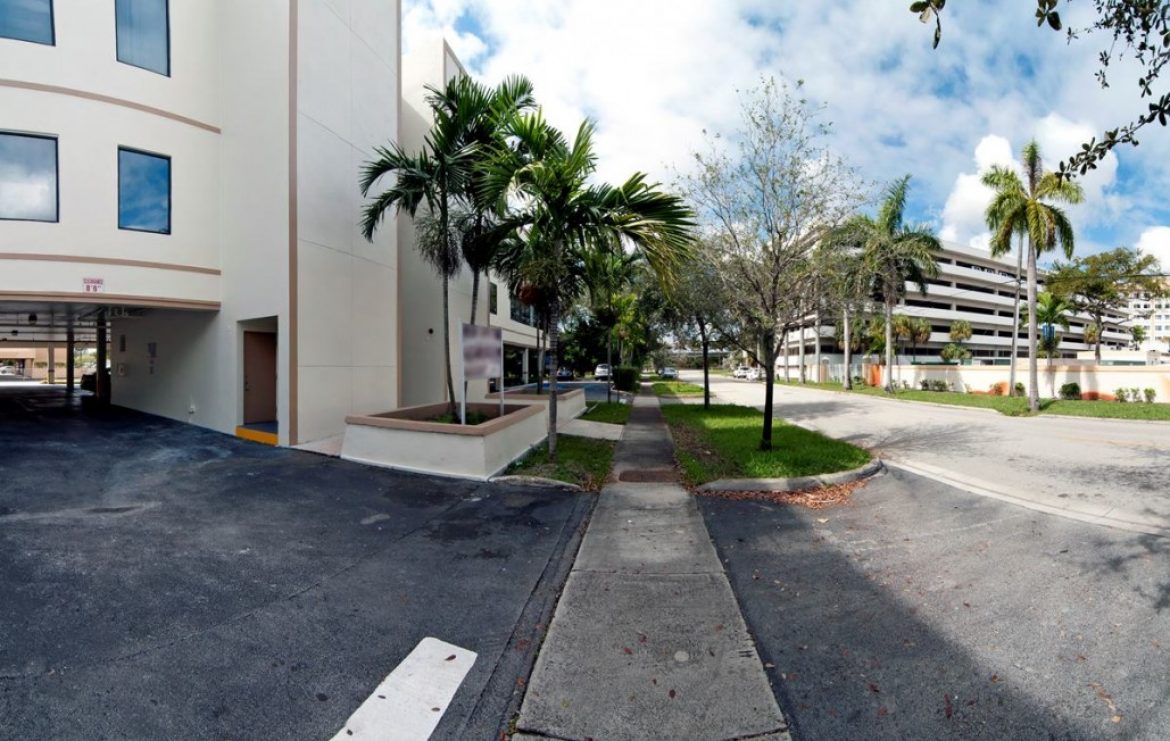
The medical office market appears to be a clear winner in a U.S. commercial real estate environment made murky by the coronavirus-generated economic nosedive.
“Generally, if you own a medical office building, you know that you’re going to probably survive the storm. I think [the medical office sector] is going to survive a storm stronger than most other asset classes,” says Fahri Ozturk, first vice president with commercial real estate services company Marcus & Millichap.
Among 18 commercial real estate sectors, medical office presents the lowest level of risk in a COVID-19 recession, according to a report released March 26 by Green Street Advisors LLC, a real estate research and advisory firm based in Newport Beach, Calif.
Simply put, the medical office market is recession-resilient, according to Chris Bodnar, vice chairman and co-head of health care capital markets at commercial real estate services company CBRE.
“It is a niche market, with significant demand by investors and with limited supply,” Bodnar says. “This supply-demand imbalance, combined with a very disciplined development market, will continue to provide stability … .”
A December 2019 report from CBRE indicated that demographic trends—namely an aging population—and shifts in the health care industry would support long-term demand for medical office space.
Through mid-2019, the U.S. medical office vacancy rate remained at 10.3 percent—its lowest level during the most recent economic expansion—and average asking rents stayed near record levels, the CBRE report noted. U.S. institutional investors, foreign investors and REITs have fueled demand for medical office properties.
One of the investors that continues to be sold on the prospects for the medical office sector is Harrison Street Real Estate Capital LLC, a Chicago-based investment management firm.
In late March 2020, well into the coronavirus crisis, Harrison Street bought The Woodlands Cancer Center, a class-A, 208,000-sq.-ft. medical office building in suburban Houston that’s fully occupied by the University of Texas MD Anderson Cancer Center.
The coronavirus-propelled economic downturn hasn’t dampened Harris Street’s enthusiasm for medical office properties. Christopher Merrill, co-founder, chairman and CEO of Harrison Street, says his firm will continue to be an active investor in medical office assets. Since its founding in 2005, Harrison Street has invested nearly $6 billion in the sector, representing 16 million sq. ft. across more than 250 properties.
“As essential service providers, many medical office facilities continue operating without disruption, regardless of the environment,” Merrill says.
Those essential services include imaging, laboratory testing, diagnostic services, cancer and disease treatment, emergency care and outpatient surgery.
Harrison Street isn’t the only investor forging ahead with medical office purchases in this uncertain economic climate.
In late March 2020, JLL Capital Markets announced it had wrapped up the $20 million sale of Bella Terra Medical Plaza, a 59,354-sq.-ft. medical office building in Huntington Beach, Calif. The buyer was Manhattan Beach, Calif.-based Manhattan Real Estate Holdings Inc.; the seller was Los Angeles-based Vibe Inc. The class-A asset is about 90 percent leased to a number of medical tenants.
One key aspect that makes medical office properties appealing to investors like Harris Street and Manhattan Real Estate Holdings is this: Many tenants stay put for 20 to 30 years, according to Marcus & Millichap’s Ozturk. Medical office tenants often don’t want to move because patients have become familiar with the office locations, he says.
In the short term, though, the medical office market might face trouble, as some offices have temporarily shut down during the coronavirus pandemic and might struggle to pay rent, Ozturk says.
But patient traffic at medical offices will bounce back, driven by overall growth in health care spending and the ongoing trend of medical procedures being performed at outpatient facilities rather than hospitals, according to Britton Costa, senior director of credit ratings agency Fitch Ratings Inc.
“We’re interested to see whether this time is the catalyst for greater adoption of telemedicine for certain specialties as regulatory barriers are removed and patients are more willing to try it, given the lack of alternatives,” Costa says.
Amid the coronavirus crisis, some real estate investors are ratcheting down their activity in hard-hit sectors like retail and lodging. But CBRE’s Bodnar says most of his deals for medical office properties are going ahead despite challenges with coordinating tours and arranging third-party inspections.
“Given the current market environment, investors are looking to invest more in defensive industries like medical office,” Bodnar says. “The current market environment has put a spotlight on the need for health care facilities and the demand for services by patients.”
As such, Bodnar foresees a positive future for the medical office sector.
“There will always be a need for medical office buildings, and technology will have a bigger impact on where these facilities are to be built and how they will be designed in the future,” he says.
Source: NREI
